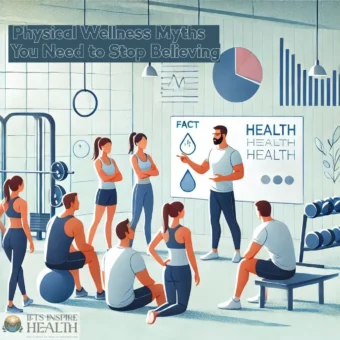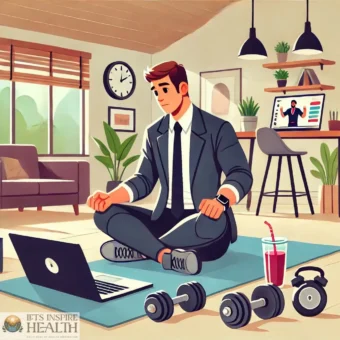Why Walking Is the Perfect Start to Your Fitness Journey
Walking is one of the simplest yet most effective forms of exercise. It requires no special equipment, suits all fitness levels, and can be done virtually anywhere. For beginners, walking offers a gentle introduction to physical activity while delivering a host of health benefits, from improved cardiovascular health to reduced stress levels.
Did you know? A brisk 30-minute walk can burn approximately 150 calories, boost your mood, and help regulate blood pressure. These small steps can lead to big changes in your overall well-being.
How to Prepare for Your Walking Journey
Starting with the right preparation ensures a smoother and more enjoyable experience. Here are the steps to get started:
Choosing the Right Gear
- Shoes: Invest in comfortable walking shoes with good arch support. Look for lightweight options with cushioned soles.
- Clothing: Opt for breathable, moisture-wicking fabrics to keep you comfortable.
- Accessories: A water bottle, fitness tracker, or pedometer can help track your progress.
Setting Goals and Expectations
- Start with short walks of 10-15 minutes daily and gradually increase the duration.
- Set realistic goals, like walking 3,000 steps daily, then progressing to 10,000 steps over time.
- Remember, consistency is more important than intensity for beginners.
Tips to Make Every Step Count
Start Slow and Warm Up
Begin with a slow pace to warm up your muscles and reduce the risk of injuries. Spend 5-10 minutes walking at a leisurely pace before gradually increasing your speed.
Maintain Proper Posture
- Keep your head up and look forward.
- Relax your shoulders and let your arms swing naturally.
- Engage your core and avoid slouching to prevent back strain.
Incorporate Intervals
Alternate between brisk walking and a relaxed pace. For example:
- Walk briskly for 2 minutes.
- Slow down for 1 minute. This technique helps improve stamina and burns more calories.
Stay Hydrated
Always carry water, especially on longer walks, to stay hydrated and prevent fatigue.
Listen to Your Body
If you feel pain or discomfort, stop and assess. It’s okay to take breaks and build up gradually.
The Health Benefits of Walking
Walking’s impact on physical and mental health is profound. Here’s how it contributes to your overall wellness:
Physical Health Benefits
- Heart Health: Regular walking lowers cholesterol and reduces the risk of heart disease.
- Weight Management: Walking helps burn calories and improves metabolism.
- Stronger Bones: It enhances bone density and reduces the risk of osteoporosis.
Mental Health Benefits
- Stress Reduction: Walking in nature helps alleviate stress and boosts mood.
- Enhanced Creativity: Studies show walking can stimulate creativity and problem-solving skills.
- Improved Sleep: Regular walkers report better sleep quality.
Pros and Cons of Walking for Beginners
| Pros | Cons |
| Low-impact and easy on the joints | May feel too slow for fitness enthusiasts |
| No expensive equipment required | Results may take time to show |
| Suitable for all fitness levels | Requires consistency to see benefits |
| Can be done anywhere | Weather can sometimes be a barrier |
Tracking Your Progress
Use these tools to monitor your improvement:
- Fitness Apps: Apps like Fitbit or Strava track your steps, distance, and calories.
- Pedometers: Simple devices to count steps and monitor daily activity.
- Walking Logs: Maintain a journal to note duration, distance, and any changes in health.
Staying Motivated
- Join a walking group or invite friends and family for company.
- Explore new trails or routes to keep things interesting.
- Celebrate milestones, like reaching 5,000 steps a day, with small rewards.
Common Mistakes to Avoid
- Skipping Warm-Ups: Always start slow to prepare your body.
- Overdoing It: Avoid pushing yourself too hard; gradual progress is key.
- Neglecting Hydration: Stay hydrated, even on short walks.
Final Checklist for Your Walking Journey
- Comfortable shoes? Check.
- Proper posture? Check.
- Hydration? Check.
- Positive mindset? Absolutely!
By incorporating these simple tips into your routine, walking can transform your health, improve your mood, and enhance your overall well-being. Remember, every step you take brings you closer to a healthier and happier you.
Disclaimer
This blog is for informational purposes only. Always consult a healthcare professional before starting any new exercise regimen, especially if you have existing medical conditions or concerns.







